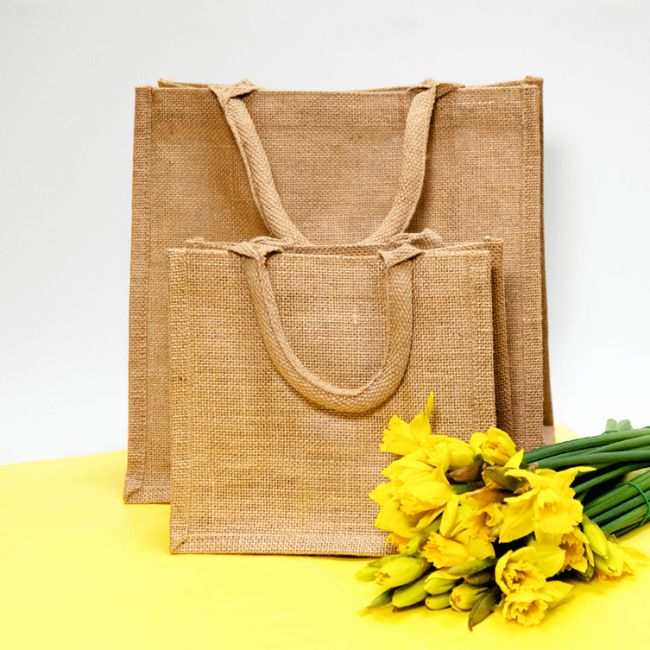With recycling becoming the norm, consumers are getting pickier about the products and packaging they buy. They demand more environmental friendliness from the brands they buy from. That doesn’t solely affect the product itself, but also the packaging.
Business owners will not only want to reduce the amount of plastic in this packaging, but make sure it’s recyclable. Aiming to create renewable and recyclable packing – also known as eco-friendly packaging – can increase a company’s customer base while reducing its carbon footprints.
Making packaging more environmentally friendly can be difficult, however. Entrepreneurs will have more than a few questions about eco-friendly packaging, such as what it is, and whether it’s an appropriate option.
It’s more than worth digging into some of the more common questions about eco-friendly packaging.
Eco-friendly packaging FAQs
What Is eco-friendly packaging?
Eco-friendly packaging is any type of packaging that’s designed to have a minimal impact on the environment. In many cases, such packaging is compostable and biodegradable, so it can have a positive impact on the environment if they’re thrown out. Others are simply recyclable, which minimises the harm it does.
It uses materials and manufacturing practices that don’t harm the environment, such as having a zero deforestation policy in a product’s and its packaging’s creation. That’s in stark contrast to traditional packaging, which typically emits carbon dioxide and similar gases during its production.
Chemicals can also leach into the environment, affecting wildlife and aquatic environments. That could lead to the death of animals.
Why embrace eco-friendly packaging?
One of the largest drivers of environmental harm is single-use plastic, which is often found in product packaging. Switching to an eco-friendlier option is much more environmentally friendly, which helps businesses attract more eco-conscious consumers. Coupled with that are multiple other benefits, including:
● It’s safe and healthy throughout its life cycle
● It optimises energy and material usage, which reduces costs
● It’s better branding for a business
These benefits combine to help optimise a company and increase their chances of success. With the better branding and environmental-friendliness, companies are more likely to generate more business.
As packaging should cost less to make per unit, the cost margins per sale can be much higher. It makes much better business sense to switch to environmentally friendly packaging.
What Is eco-friendly packaging made from?
One of the most common questions about eco-friendly packaging focuses on what it’s made from. More than a few materials can be used for this, with recyclable materials being the most recommended. Each option offers their pros and cons, making them worthy of consideration.
These can be split across several areas and materials, with the most compostable options being:
● Paper – Reusable, biodegradable, recyclable, and even compostable, paper can be put to a range of uses with packaging. Choosing recycled paper takes it one step further.
● Cardboard – Because it’s quite sturdy, cardboard can be one of the more effective materials for packaging. As it’s recyclable, it’s also quite eco-friendly.
● Corn Starch – One of the more unique materials to use, corn starch can be used instead of the packing peanuts that keep breakable products in place. Using this as their base materials removes any environmental harm associated with packaging.
● Bagasse Paper – Made from sugarcane fiber pulp, this can be one of the best-recommended options to choose. It’s already used commonly in the food industry.
Each of the above materials can be highly recommended. Even mixing several of them in the one package can be an effective option. With the various benefits of switching over, it’s more than worth considering each material.
Why is it so eco-friendly?
It’s not uncommon to wonder why eco-friendly packaging is more environmentally friendly than its more traditional counterpart. The main reason for this is the materials. Instead of using materials that harm the environment – such as plastic – the materials in eco-friendly packaging drive positive growth.
Compostable options, for example, help plants grow when they decompose. They also don’t need as much water or energy to be created, reducing the carbon emissions associated with their production.
Wrapping Up
Eco-friendly packaging comes in multiple designs and forms. Many are not only recyclable, but can be biodegradable and compostable, making them quite appealing. Customers are becoming increasingly environmentally conscious, so business owners will need to spend a significant amount of time and effort focusing on it.
Taking advantage of this doesn’t need to be difficult. With the countless questions companies can have about eco-friendly and renewable packing, it can seem overwhelming, but it doesn’t to be.
At Carrier Bag Shop, we have a wide range of eco-friendly products including brown and white twist and flat handle paper bags, jute bags, paper food bags, cardboard boxes, kraft paper rolls and sheets, counter bags to name but a few.
Related articles:
The environmental impact of paper bags


